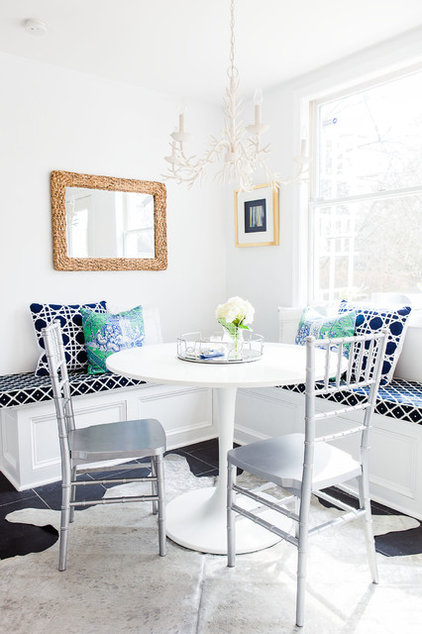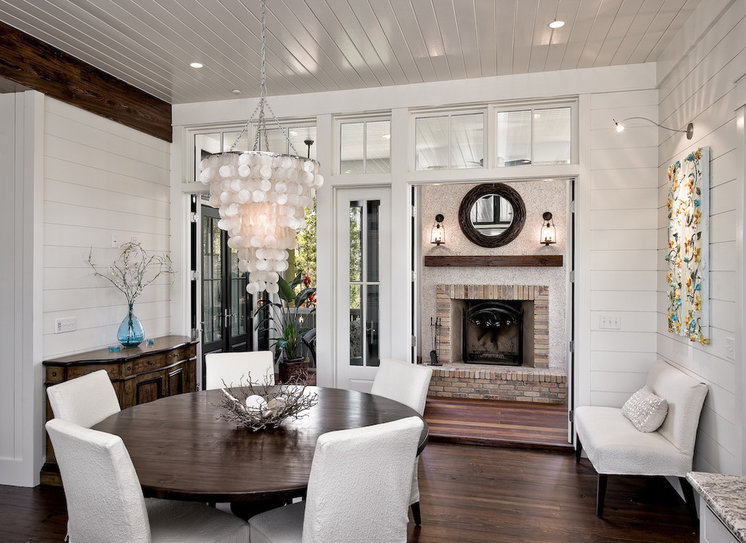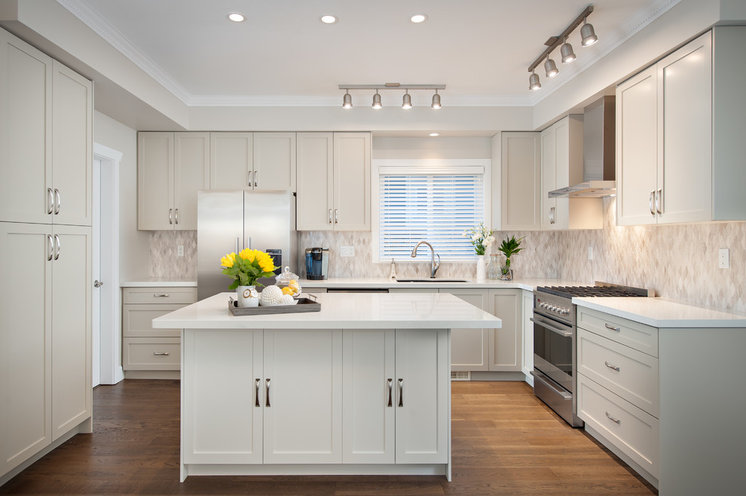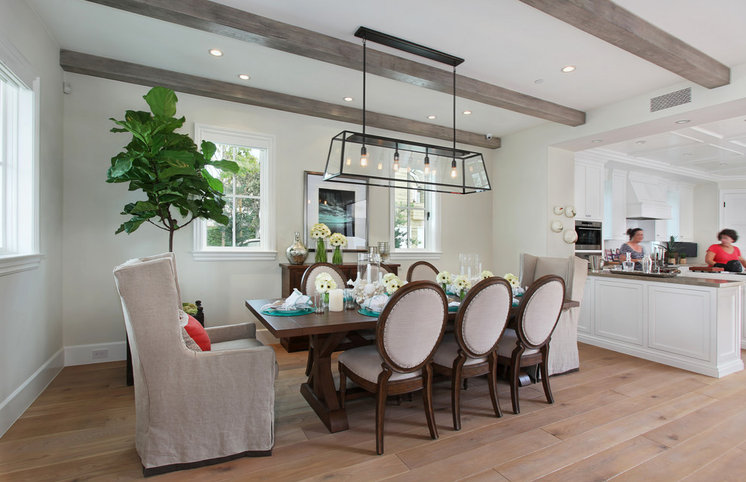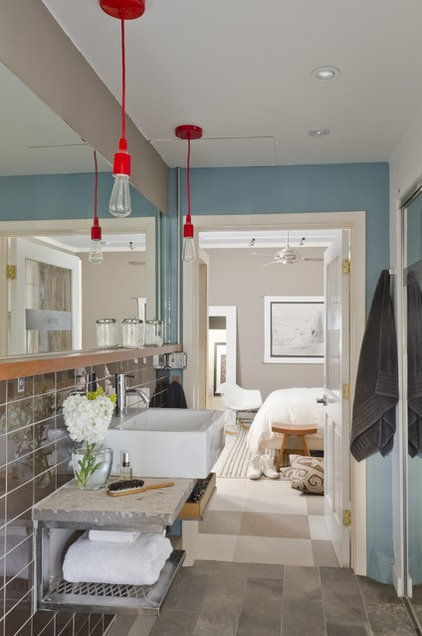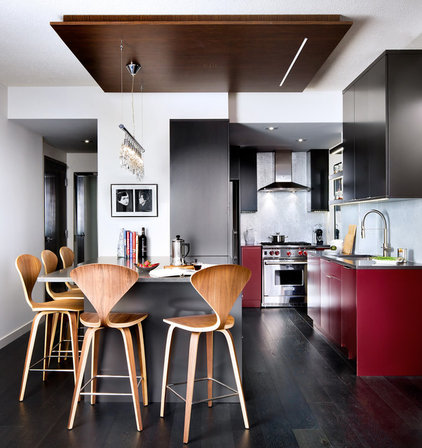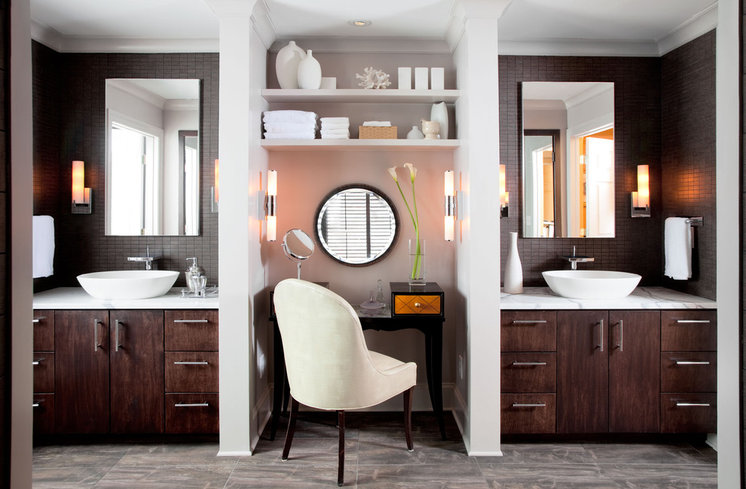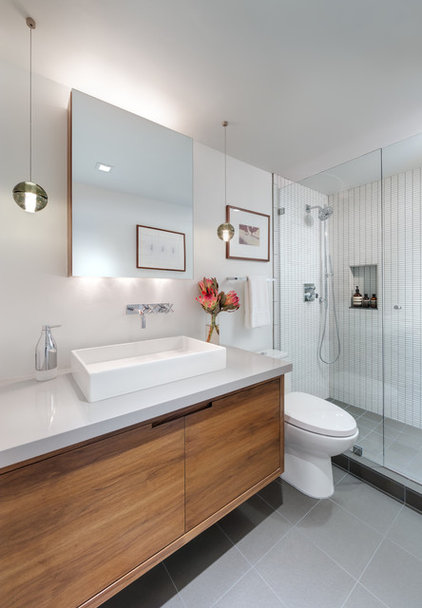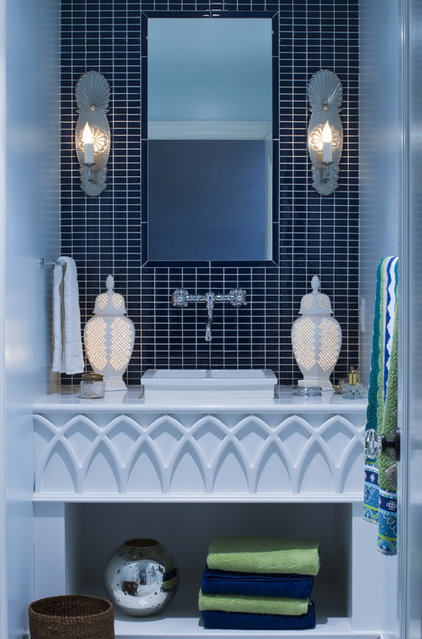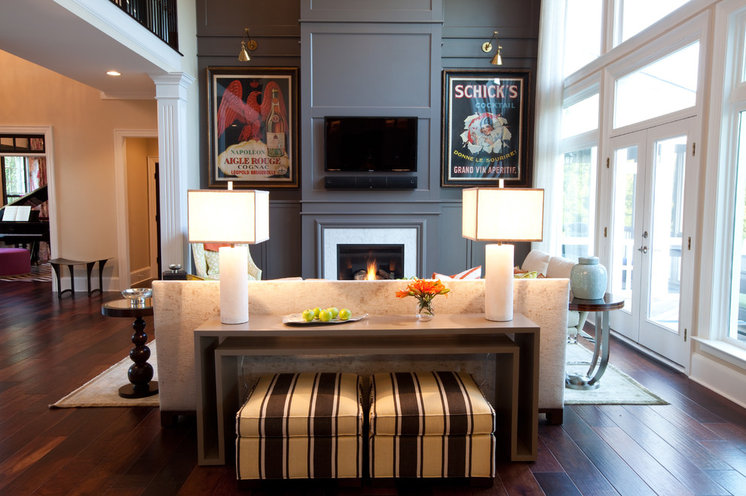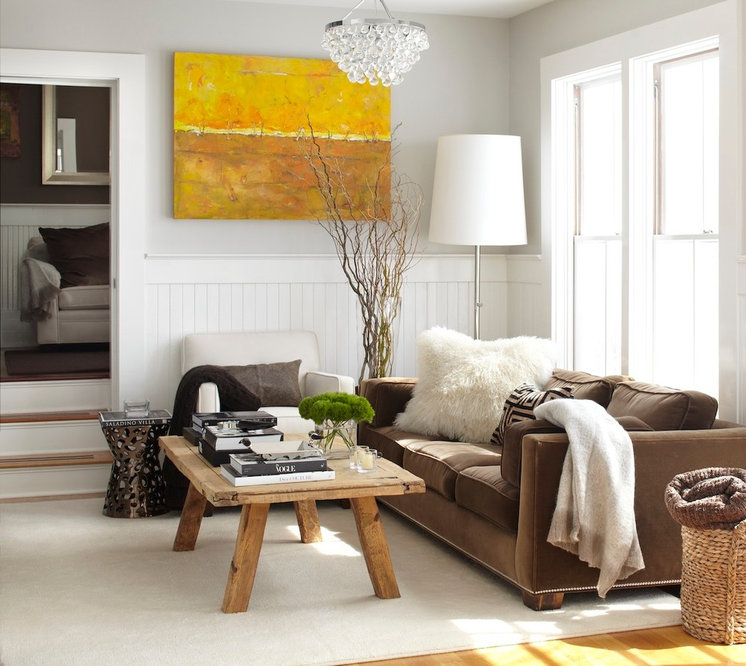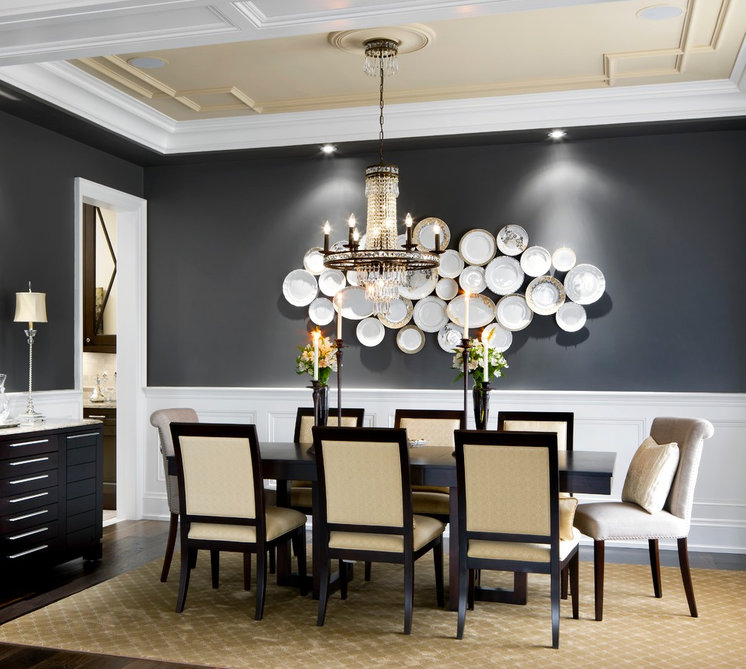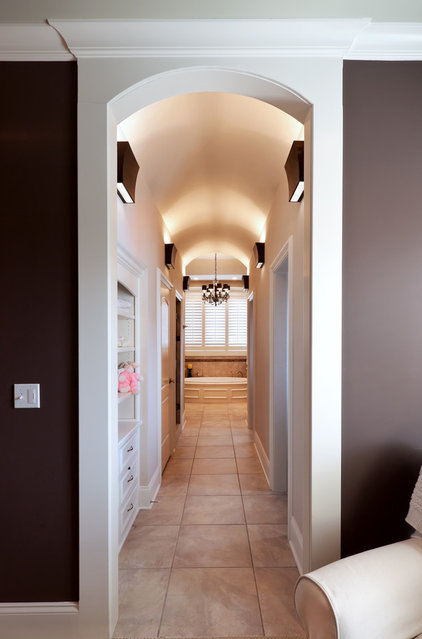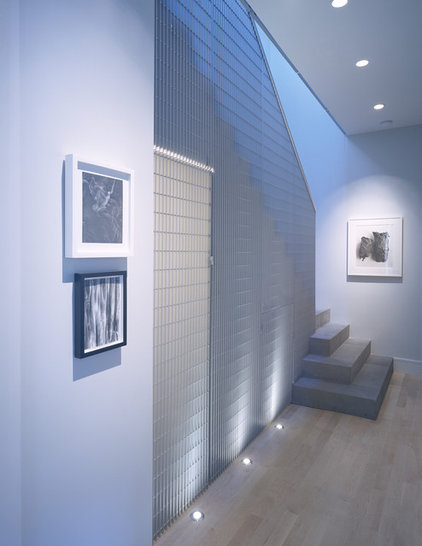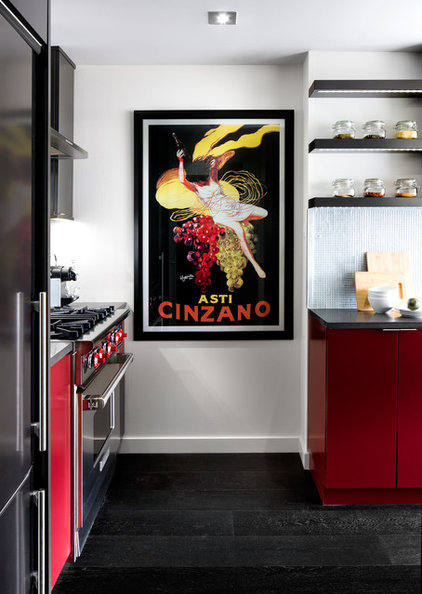“With so many options for lighting these days it’s tough to know what to use for each application. Take a look below and you’ll start to know what to do and why.”
Denise Buck & Ed Johnson – DC Metro Realty Team
I’ll let you in on a little secret that designers use to get that photo-ready finish in a home: layers of light. Just like with clothing and accessories in fashion, when creating your interior lighting scheme, layering your light sources helps create a rich look that highlights great features and eliminates harsh shadowing. To do that, you’ll need an approach that combines many different styles of fixtures and sources. Here’s my guide to common light fixtures you can use to create a sparkling scheme for any space or mood.
WindowsWindows may seem almost so obvious that they don’t deserve mentioning, but they are key to many lighting plans. After all, natural daylight is what we so often aim to simulate with our electric lights.
It’s important to understand that even on a sunny summer day, natural light from a single window is not always sufficient to thoroughly light a room, and of course this is especially true come nighttime. Additional light sources near your window will allow you to subtly fill out the light scheme and achieve a balance so the space feels beautiful at any time.
Pot lightsPot lights, more technically known as recessed downlights, are probably the second-biggest light source people think of when looking to brighten and modernize their home. A grid of pot lights can help spread light over a large area and light the center of a space where wall lights don’t reach.
However, a grid of pot lights is not all you need for a balanced light scheme. Notice that this space also includes a pendant, sconces and art lamps (more on those later), as well as a full wall of windows. Including at least three layers of light, from different categories and in different locations, eliminates strong shadows and adds a sense of sparkle that allows all the other furnishings to look their best.See more on creating a lighting plan
Track LightsTrack lighting got a bit of a bad reputation in the 1990s, but when used properly, it is still functional and beautiful, especially for the kitchen. Pot lights aimed straight down will add general illumination but not necessarily hit the counter. An angled ceiling light on a track can put task lighting exactly where you need it.
Undercabinet lighting can also achieve a similar effect. Combining both will make task lighting in the kitchen look effortless.
PendantsAnother important ceiling-based light source is the pendant or chandelier. The line between these two can be blurry, as a chandelier is essentially just a large (and often more decorative) pendant light. Chandeliers also are more likely to have multiple bulbs (which help create more layers), but what is or is not a pendant is still a gray area, especially with more modern fixtures like the one here.
But the more important difference in hanging fixtures is the way the light is aimed: either up or down, or providing a general glow.Downward pendants bring light close to a key surface, like a dining table or side table, which helps create a sense of intimacy. Upwardpendants and general-glow pendants give a more ambient light to the room’s core, with the former letting light bounce downward off the ceiling first while highlighting any overhead features in the process.
Wall-Adjacent PendantsPendant lights can also function like sconces when placed against a wall, especially in a bathroom. Always remember: When a person will be looking in a mirror to shave or apply makeup, it’s important to light the person and not just the mirror. A few lights in the center may make the room feel bright enough, but only lights in front of the user will truly illuminate the face.
Dropped CeilingsIt may seem impossible to add a pretty pendant light in many cases, especially when working with a concrete condo ceiling. A dropped ceiling panel can provide a place to house lighting fixtures like pot lights or pendants, or even a minimalist LED strip to brighten a passageway, while creating a beautiful space-defining feature.
SconcesSconces come in many forms, from artistic and ornate to sleek and simple, and can hold just one bulb or many. Single-bulb sconces that are spread farther apart will add light around eye level for more even brightness. For the total elimination of shadows, pairing two-light fixtures spaced closer together will achieve a salon level of clarity.
Hidden LightsInstead of, or in addition to, sconces, hidden lights can add a general glow that bounces off the wall and into the room in an even subtler and more diffuse way. Cove lights are built into niches that hide the light source (often a plain LED strip), but hidden lights can also be obscured by medicine cabinets, shelving or storage units.
LanternsAlthough often thought of as primarily an outdoor accoutrement, lanterns are useful indoors for adding an extra light to areas such as bathrooms, especially when a calming glow is desired for a relaxing mood. Plus, a glow coming from below eye level can perfectly balance an overhead light.
Standing LampsAlthough floor lamps and table lamps obviously differ in their typical size and placement, both have the ability to add gentle task lighting for reading while also infusing a general glow wherever they stand, targeting anywhere from the center of a room (say, on a sofa table) to a dim corner.
A floor lamp nestled against a window is a smart substitute for daylight, so that when the sun goes down, an ambient glow will pour in from a similar direction to balance the central light overhead.
Wall WashersWall washers, either installed on the wall or aimed down from the ceiling, are used mostly to highlight decorative features, such as an art piece or a textured finish, like a brick wall. However, the psychological effect created by lighting the walls can make the whole room feel much brighter.
UplightsHave a beautiful or shapely ceiling? Uplights will bring attention to it and indirectly bounce light back down. Plus, they are often combined with a wall washer so the architecture is fully on display.
Uplights can also act as wall washers when installed in the floor, especially in contemporary homes. The effect of many wall washers and pot lights can be a bit modernist, and even a little cold, so use this effect only if you enjoy a minimalist, gallery-inspired look.
Ultimately, when implemented correctly, a great lighting scheme won’t necessarily be the first thing you notice. But layers of light, coming together to bring out the best in your space, will make sure that wherever your eyes do fall, all they will see is a perfect photo-ready finish.
As published on HOUZZ, by Yanick Simard
